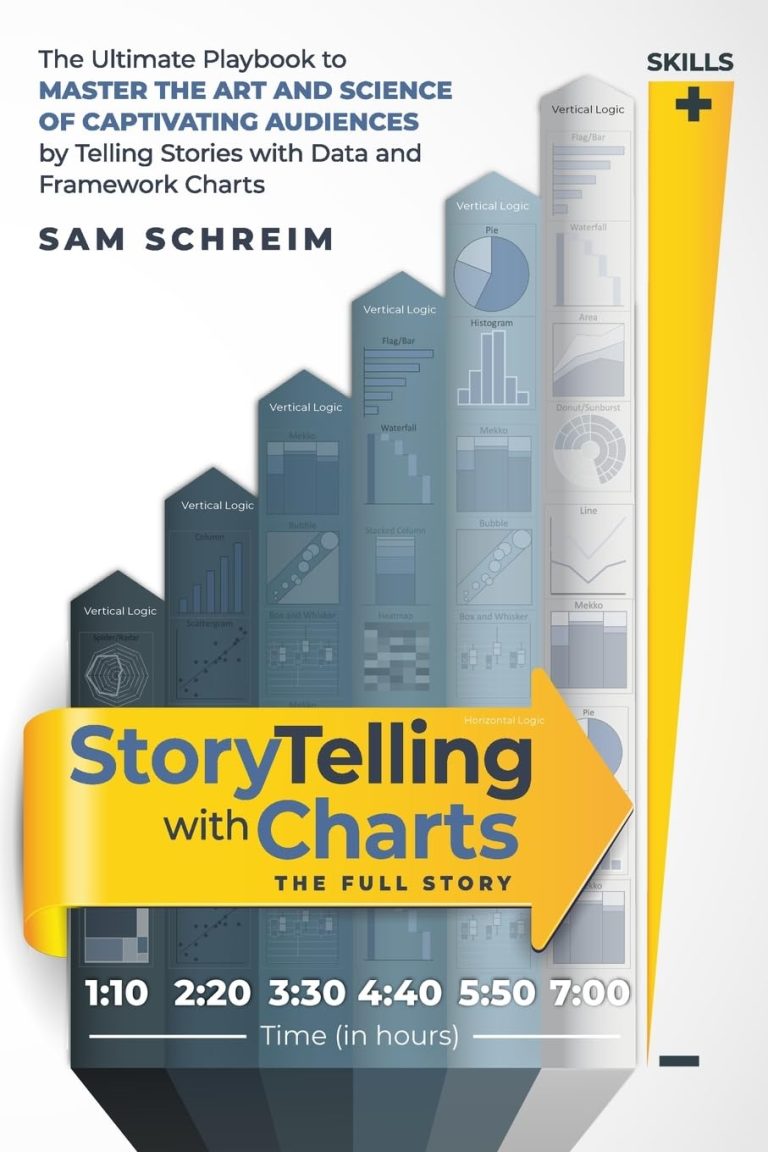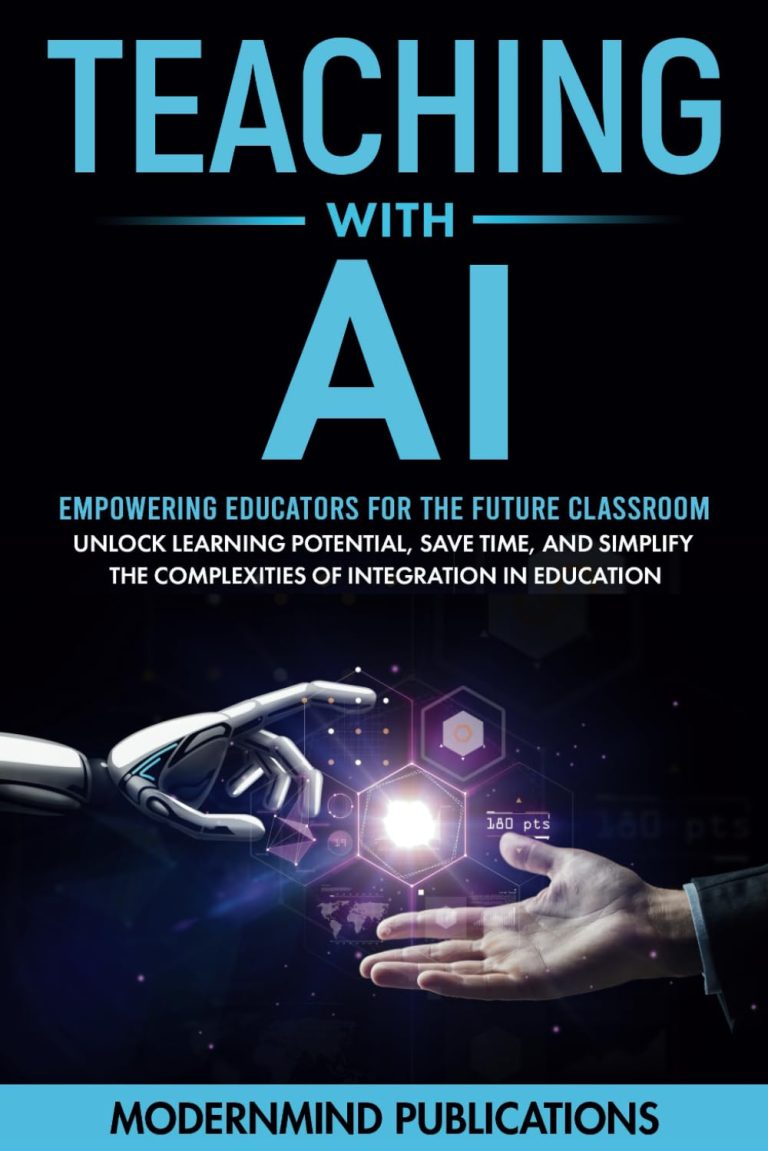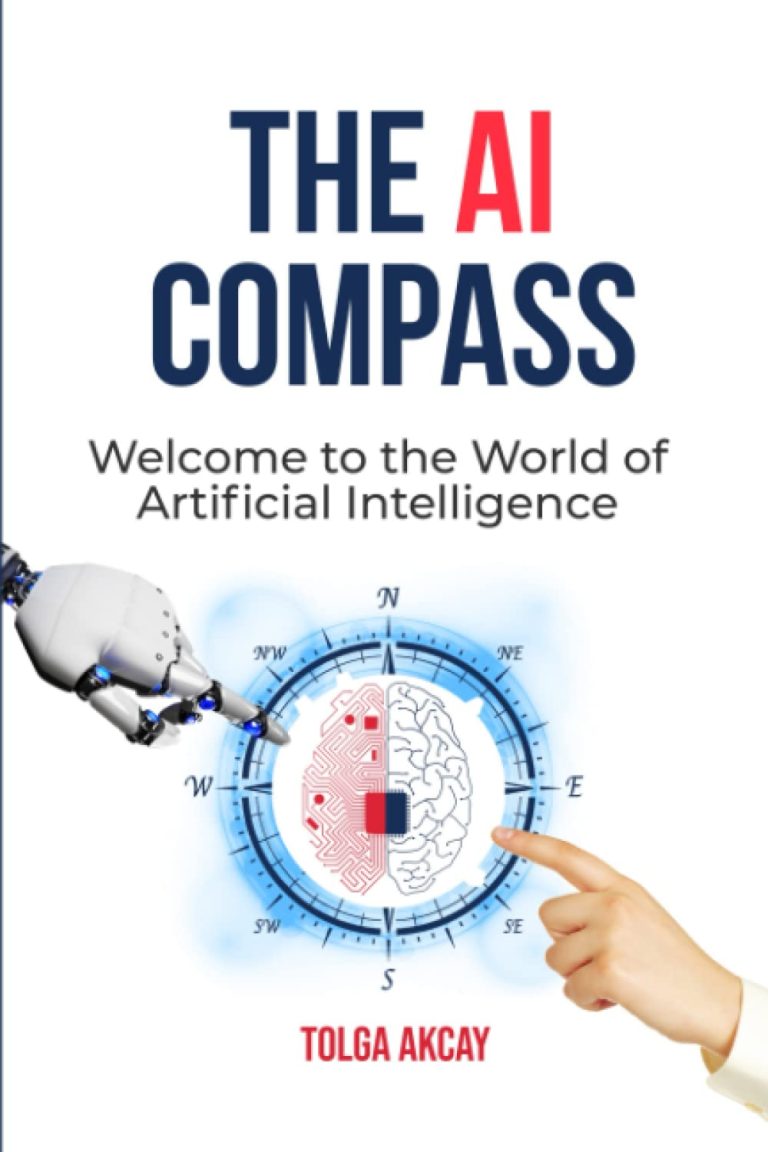In the media and entertainment industry, understanding and predicting the effectiveness of marketing campaigns is crucial for success. Marketing campaigns are the driving force behind successful businesses, playing a pivotal role in attracting new customers, retaining existing ones, and ultimately boosting revenue. However, launching a campaign isn’t enough; to maximize their impact and help achieve a favorable return on investment, it’s important to understand how these initiatives perform.
This post explores an innovative end-to-end solution and approach that uses the power of generative AI and large language models (LLMs) to transform marketing intelligence. We use Amazon Bedrock, a fully managed service that provides access to leading foundation models (FMs) through a unified API, to demonstrate how to build and deploy this marketing intelligence solution. By combining sentiment analysis from social media data with AI-driven content generation and campaign effectiveness prediction, businesses can make data-driven decisions that optimize their marketing efforts and drive better results.
The challenge
Marketing teams in the media and entertainment sector face several challenges:
- Accurately gauging public sentiment towards their brand, products, or campaigns
- Creating compelling, targeted content for various marketing channels
- Predicting the effectiveness of marketing campaigns before execution
- Reducing marketing costs while maximizing impact
To address these challenges, we explore a solution that harnesses the power of generative AI and LLMs. Our solution integrates sentiment analysis, content generation, and campaign effectiveness prediction into a unified architecture, allowing for more informed marketing decisions.
Solution overview
The following diagram illustrates the logical data flow for our solution by using sentiment analysis and content generation to enhance marketing strategies.

Now loading...
In this pattern, social media data flows through a streamlined data ingestion and processing pipeline for real-time handling. At its core, the system uses Amazon Bedrock LLMs to perform three key AI functions:
- Analyzing the sentiment of social media content
- Generating tailored content based on the insights obtained
- Evaluating campaign effectiveness
The processed data is stored in databases or data warehouses, then made available for reporting through interactive dashboards and generated detailed performance reports, enabling businesses to visualize trends and extract meaningful insights about their social media performance using customizable metrics and KPIs. This pattern creates a comprehensive solution that transforms raw social media data into actionable business intelligence (BI) through advanced AI capabilities. By integrating LLMs such as Anthropic’s Claude 3.5 Sonnet, Amazon Nova Pro, and Meta Llama 3.2 3B Instruct Amazon Bedrock, the system provides tailored marketing content that adds business value.
The following is a breakdown of each step in this solution.
Prerequisites
This solution requires you to have an AWS account with the appropriate permissions.
Ingest social media data
The first step involves collecting social media data that is relevant to your marketing campaign, for example from platforms such as Bluesky:
- Define hashtags and keywords to track hashtags related to your brand, product, or campaign.
- Connect to social media platform APIs.
- Set up your data storage system.
- Configure real-time data streaming.
Conduct sentiment analysis with social media data
The next step involves conducting sentiment analysis on social media data. Here’s how it works:
- Collect posts using relevant hashtags related to your brand, product, or campaign.
- Feed the collected posts into an LLM using a prompt for sentiment analysis.
- The LLM processes the textual content and outputs classifications (for example, positive, negative, or neutral) and explanations.
The following code is an example using the AWS SDK for Python (Boto3) that prompts the LLM for sentiment analysis:
This analysis provides valuable insights into public perception, providing marketers the information they need to understand how their brand or campaign is resonating with the audience in real time.
The following output examples were obtained using Amazon Bedrock:
Analyze campaign effectiveness and generate content
The next step focuses on using AI for content creation and campaign effectiveness prediction:
- Input campaign data points (target audience, messaging, channels, and so on) into an LLM tailored for generating marketing content.
- The LLM generates relevant content such as ad copy, social media posts, or email campaigns based on the provided data.
- Another LLM, designed for campaign effectiveness analysis, evaluates the generated content.
- This analysis model outputs a score or measure of the content’s potential effectiveness, considering the campaign objectives and insights from the social media sentiment analysis.
Content generation
The following is an example that prompts a selected LLM for content generation:
The following output examples were obtained using Amazon Bedrock:
Campaign effectiveness analysis
The following is an example of code that prompts the selected LLM for campaign effectiveness analysis:
Let’s examine a step-by-step process for evaluating how effectively the generated marketing content aligns with campaign goals using audience feedback to enhance impact and drive better results.
The following diagram shows the logical flow of the application, which is executed in multiple steps, both within the application itself and through services like Amazon Bedrock.

The LLM takes several key inputs (shown in the preceding figure):
- Campaign objectives – A textual description of the goals and objectives for the marketing campaign.
- Positive sentiments (praises) – A summary of positive sentiments and themes extracted from the social media sentiment analysis.
- Negative sentiments (flaws) – A summary of negative sentiments and critiques extracted from the social media sentiment analysis.
- Generated marketing content – The content generated by the content generation LLM, such as ad copy, social media posts, and email campaigns.
The process involves the following underlying key steps (shown in the preceding figure):
- Text vectorization – The campaign objectives, sentiment analysis results (positive and negative sentiments), and generated marketing content are converted into numerical vector representations using techniques such as word embeddings or Term Frequency-Inverse Document Frequency (TF-IDF).
- Similarity calculation – The system calculates the similarity between the vector representations of the generated content and the campaign objectives, positive sentiments, and negative sentiments. Common similarity measures include cosine similarity or advanced transformer-based models.
- Component scoring – Individual scores are computed to measure the alignment between the generated content and the campaign objectives (objective alignment score), the incorporation of positive sentiments (positive sentiment score), and the avoidance of negative sentiments (negative sentiment score).
- Weighted scoring – The individual component scores are combined using a weighted average or scoring function to produce an overall effectiveness score. The weights are adjustable based on campaign priorities.
- Interpretation and explanation – In addition to the numerical score, the system provides a textual explanation highlighting the content’s alignment with objectives and sentiments, along with recommendations for improvements.
The following is example output for the marketing campaign evaluation:
The campaign effectiveness analysis uses advanced natural language processing (NLP) and machine learning (ML) models to evaluate how well the generated marketing content aligns with the campaign objectives while incorporating positive sentiments and avoiding negative ones. By combining these steps, marketers can create data-driven content that is more likely to resonate with their audience and achieve campaign goals.
Impact and benefits
This AI-powered approach to marketing intelligence provides several key advantages:
- Cost-efficiency – By predicting campaign effectiveness upfront, companies can optimize resource allocation and minimize spending on underperforming campaigns.
- Monetizable insights – The data-driven insights gained from this analysis can be valuable not only internally but also as a potential offering for other businesses in the industry.
- Precision marketing – A deeper understanding of audience sentiment and content alignment allows for more targeted campaigns tailored to audience preferences.
- Competitive edge – AI-driven insights enable companies to make faster, more informed decisions, staying ahead of market trends.
- Enhanced ROI – Ultimately, better campaign targeting and optimization lead to higher ROI, increased revenue, and improved financial outcomes.
Additional considerations
Though the potential of this approach is significant, there are several challenges to consider:
- Data quality – High-quality, diverse input data is key to effective model performance.
- Model customization – Adapting pre-trained models to specific industry needs and company voice requires careful adjustment. This might involve iterative prompt engineering and model adjustments.
- Ethical use of AI – Responsible AI use involves addressing issues such as privacy, bias, and transparency when analyzing public data.
- System integration – Seamlessly incorporating AI insights into existing workflows can be complex and might require changes to current processes.
- Prompt engineering – Crafting effective prompts for LLMs requires continuous experimentation and refinement for best results. Learn more about prompt engineering techniques.
Clean up
To avoid incurring ongoing charges, clean up your resources when you’re done with this solution.
Conclusion
The integration of generative AI and large LLMs into marketing intelligence marks a transformative advancement for the media and entertainment industry. By combining real-time sentiment analysis with AI-driven content creation and campaign effectiveness prediction, companies can make data-driven decisions, reduce costs, and enhance the impact of their marketing efforts.
Looking ahead, the evolution of generative AI—including image generation models like Stability AI’s offerings on Amazon Bedrock and Amazon Nova’s creative content generation capabilities—will further expand possibilities for personalized and visually compelling campaigns. These advancements empower marketers to generate high-quality images, videos, and text that align closely with campaign objectives, offering more engaging experiences for target audiences.
Success in this new landscape requires not only adoption of AI tools but also developing the ability to craft effective prompts, analyze AI-driven insights, and continuously optimize both content and strategy. Those who use these cutting-edge technologies will be well-positioned to thrive in the rapidly evolving digital marketing environment.
About the Authors
 Arghya Banerjee is a Sr. Solutions Architect at AWS in the San Francisco Bay Area, focused on helping customers adopt and use the AWS Cloud. He is focused on big data, data lakes, streaming and batch analytics services, and generative AI technologies.
Arghya Banerjee is a Sr. Solutions Architect at AWS in the San Francisco Bay Area, focused on helping customers adopt and use the AWS Cloud. He is focused on big data, data lakes, streaming and batch analytics services, and generative AI technologies.
 Dhara Vaishnav is Solution Architecture leader at AWS and provides technical advisory to enterprise customers to use cutting-edge technologies in generative AI, data, and analytics. She provides mentorship to solution architects to design scalable, secure, and cost-effective architectures that align with industry best practices and customers’ long-term goals.
Dhara Vaishnav is Solution Architecture leader at AWS and provides technical advisory to enterprise customers to use cutting-edge technologies in generative AI, data, and analytics. She provides mentorship to solution architects to design scalable, secure, and cost-effective architectures that align with industry best practices and customers’ long-term goals.
 Mayank Agrawal is a Senior Customer Solutions Manager at AWS in San Francisco, dedicated to maximizing enterprise cloud success through strategic transformation. With over 20 years in tech and a computer science background, he transforms businesses through strategic cloud adoption. His expertise in HR systems, digital transformation, and previous leadership at Accenture helps organizations across healthcare and professional services modernize their technology landscape.
Mayank Agrawal is a Senior Customer Solutions Manager at AWS in San Francisco, dedicated to maximizing enterprise cloud success through strategic transformation. With over 20 years in tech and a computer science background, he transforms businesses through strategic cloud adoption. His expertise in HR systems, digital transformation, and previous leadership at Accenture helps organizations across healthcare and professional services modernize their technology landscape.
 Namita Mathew is a Solutions Architect at AWS, where she works with enterprise ISV customers to build and innovate in the cloud. She is passionate about generative AI and IoT technologies and how to solve emerging business challenges.
Namita Mathew is a Solutions Architect at AWS, where she works with enterprise ISV customers to build and innovate in the cloud. She is passionate about generative AI and IoT technologies and how to solve emerging business challenges.
 Wesley Petry is a Solutions Architect based in the NYC area, specialized in serverless and edge computing. He is passionate about building and collaborating with customers to create innovative AWS-powered solutions that showcase the art of the possible. He frequently shares his expertise at trade shows and conferences, demonstrating solutions and inspiring others across industries.
Wesley Petry is a Solutions Architect based in the NYC area, specialized in serverless and edge computing. He is passionate about building and collaborating with customers to create innovative AWS-powered solutions that showcase the art of the possible. He frequently shares his expertise at trade shows and conferences, demonstrating solutions and inspiring others across industries.


